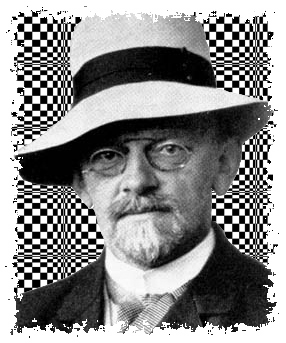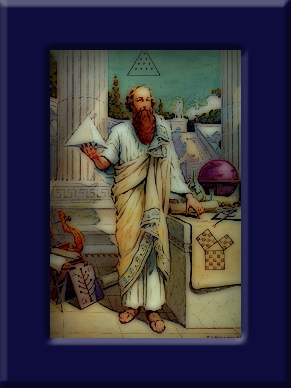Twin Prime Conjecture
home | courses | topics | theorems | starters | worksheets | timeline | KS3 | KS4 | KS5
Twin primes are those of the form p, p+2. For example, twin primes are
3 and 5
5 and 7
11 and 13
17 and 19
29 and 31
41 and 43
There are two twin prime conjectures (not a surprise really!). They state that:
- There are an infinite number of twin primes...
- The scarcity of the twin primes can be expressed by a number called Brun's contant. This constant number comes from an important theorem called Brun's theorem, which says that if you add the reciprocals of the odd twin primes, ad infinitum (to infinity, without end) you will get a number which will tell you how many twin primes there are.
![]()
Whether the first is right, or the second, it is accepted that every twin prime greater than 3 is of the form (6 n -1, 6 n +1) for some natural number n , and with the exception of n =1.
Hungarian mathematicians Zoltan Jarai, Gabor Farkas, Timea Csajbok, Janos Kasza and Antal Jerai found the largest known twin primes are
16869987339975*2^171960±1
See Jarai's website which is updated in real-time for the largest primes and twin-primes:
See a page about some famous theorems and conjectures, or about some of the famous solved problems from the history of mathematics.

Hilbert posed some 23 mathematical problems back in 1900. Some of them have been solved, but some haven't. Learn about them and try to solve them, and if you succeed, you may become very famous and very wealthy!
Learn more about Hilbert by clicking on his picture.

Of course, the most famous of all the theorems is Pythagoras' Theorem. Click on his picture to find more about him.
artefacts | numerals | concepts | people | places | pythagoreans | egyptians | babylonians
_____________________________________________________________________________________________________________________
Acknowledgements | Copyright | Contact | Mission Statement | Tell a friend about this site

